Consolidated Appropriations Act, 2021
On Sunday, President Trump signed into law the $900 billion COVID-19 relief bill passed December 21, 2020, by Congress.
The legislation adds $300 to extended weekly unemployment benefits and provides. more than $300 billion in aid for small businesses. It also ensures tax deductibility for business expenses paid with forgiven Paycheck Protection Program (PPP) loans, provides fresh funding, makes Sec. 501(C)(6) not-for-profits eligible for the first time, and offers businesses facing revenue reductions the opportunity to apply for a second loan. The Act is over 5,000 pages but we wanted to summarize the key elements of PPP2, as some are calling it.
PPP2 contains many similarities to the first round but also has several important differences. PPP recipients may apply for another loan up to $2 million, if they meet the following criteria:
- Have 300 or fewer employees
- Have used or will use the full amount of their first PPP loan
- Can show a 25% gross revenue decline in any 2020 quarter compared to the same quarter in 2019
As with PPP1, the costs eligible for forgiveness include payroll, rent, covered mortgage interest and utilities. It also makes the following additional expenses potentially forgivable:
- Covered worker protection and facility modification expenditures
- Expenditures to suppliers that are essential at the time of purchase to the recipient’s operations
- Covered operating costs such as software and cloud computing services
The new loan is again up to 2.5 times the average monthly payroll costs for the year prior to the loan, but the maximum amount has been cut to $2 million. The bill also creates a simplified forgiveness application for loans up to $150,000 or less. It repeals the requirement that PPP borrowers deduct the amount of any EIDL advance from their forgiveness.
Additionally, the bill extends that the employee retention tax credit and temporarily allows a 100% business deduction for meals (rather than the current 50%) as long as the expense is for food or beverages provided by a restaurant. This provision is effective for expenses incurred after December 31, 2020 and expires at the end of 2022.
This article provided a high-level summary of certain key provisions. Please contact us, or your advisor, if you have any questions related to the
- COVID-19 Related Tax Relief Act:
Recovery rebates/ Stimulus Payments, Deferred Payroll Taxes, Teacher Expenses, PPP and Business Expenses, Exclusions of Grants and Loan Forgiveness, Tax Credits, Coronavirus-Related Distributions from Retirement Plans, Farming Losses, Employers Covering Future Retiree Costs.
- Economic Aid to Hard-Hit Small Businesses, Nonprofits and Venues Act
- No Surprises Act
- Taxpayer Certainty and Disaster Relief Act of 2020:
Charitable Contributions Extensions, Tax Extenders, Disaster Relief, Business Meals Deduction
This material is generic in nature. Before relying on the material in any important matter, users should note date of publication and carefully evaluate its accuracy, currency, completeness, and relevance for their purposes, and should obtain any appropriate professional advice relevant to their particular circumstances.
Share Post:




